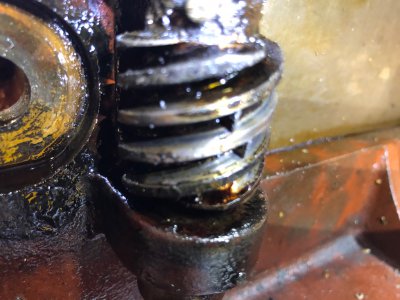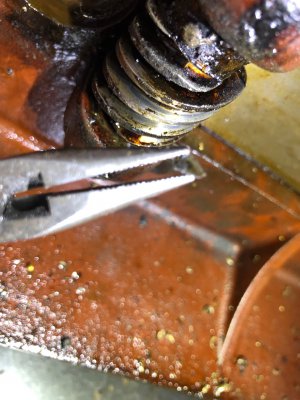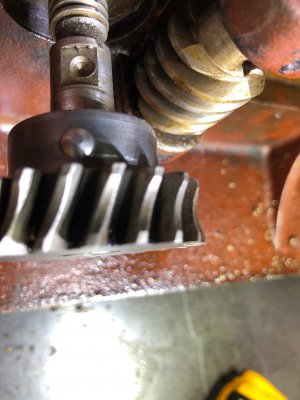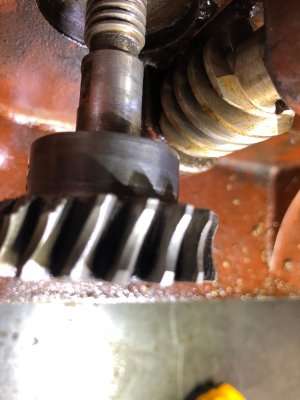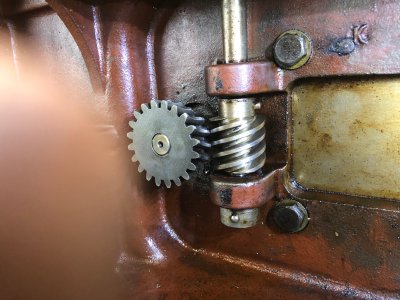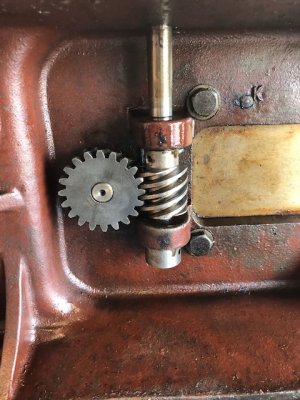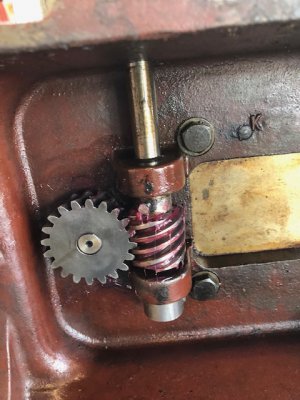- Joined
- Apr 28, 2014
- Messages
- 3,594
I never in a thousand years would have thought of a hospital having and using a machine shop.
* Learn something new each and every day *
A few years ago they tore down the large hospital on the south side of Knoxville.
If had I but known. . .
* Learn something new each and every day *
A few years ago they tore down the large hospital on the south side of Knoxville.
If had I but known. . .

